From this era, the concept that being "Gals" meant having tanned skin disappeared.
After Ayu became a fashion leader, even girls who had not previously identified with the gals style started to enjoy gals fashion.
In the 1990s, "Kurogyaru" styles such as "Kogal", "Ganguro", and "Gonguro" were extremely popular.
However, with the appearance of Heisei diva "Ayumi Hamasaki", the trend changed to "Shirogyaru".
The year 2000 marked the heyday of "Para Para," a dance style that even made it into the top 10 buzzwords of the year.
Ayu-style Shirogyaru, in a nutshell, refers to Gals who does not tan her skin.
In the 1990s, "Kurogyaru", characterized by their tanned skin, were the mainstream, but a major change occurred in the 2000s. Ayumi Hamasaki, dubbed "the second gal's charisma," gained immense popularity, and with her rise, there was a surge of "Ayu-style Shirogyaru" who took inspiration from her fashion and makeup.
From this era, the concept that being "Gals" meant having tanned skin disappeared.
After Ayu became a fashion leader, even girls who had not previously identified with the gals style started to enjoy gals fashion.

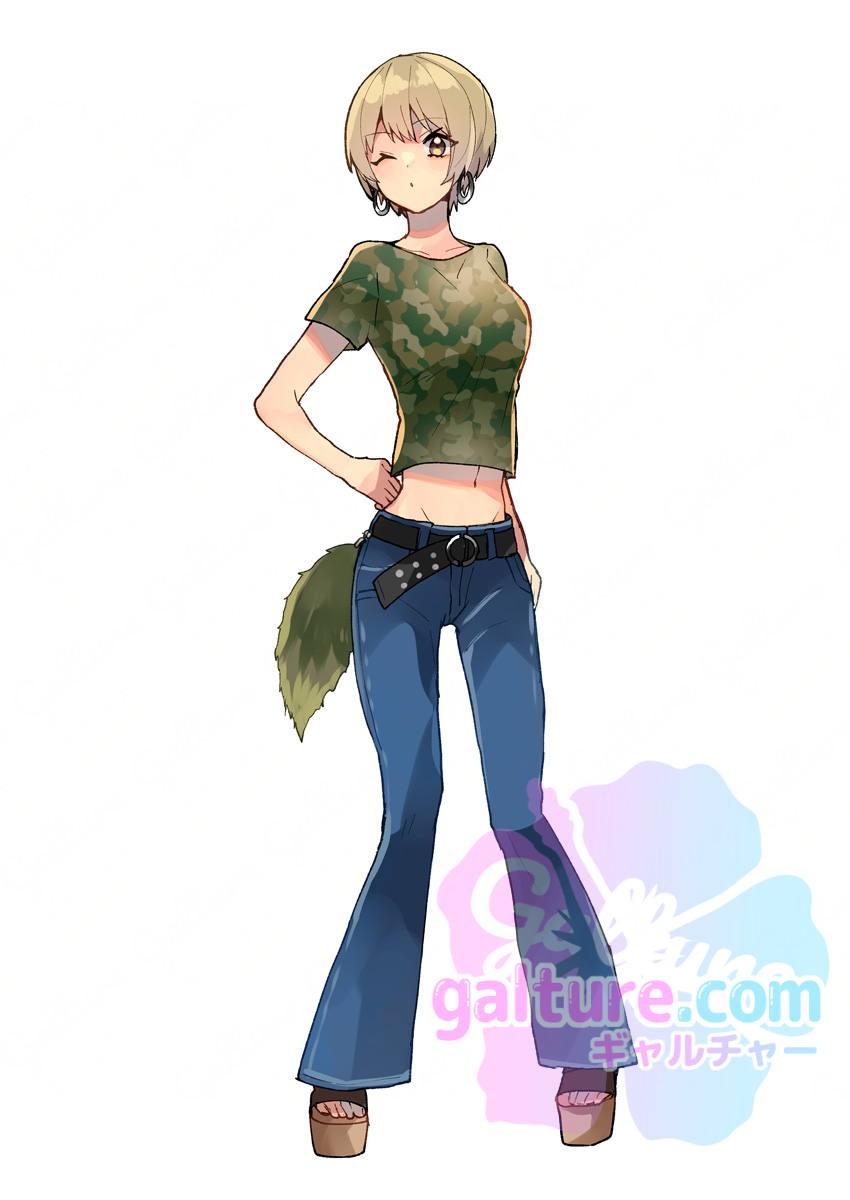
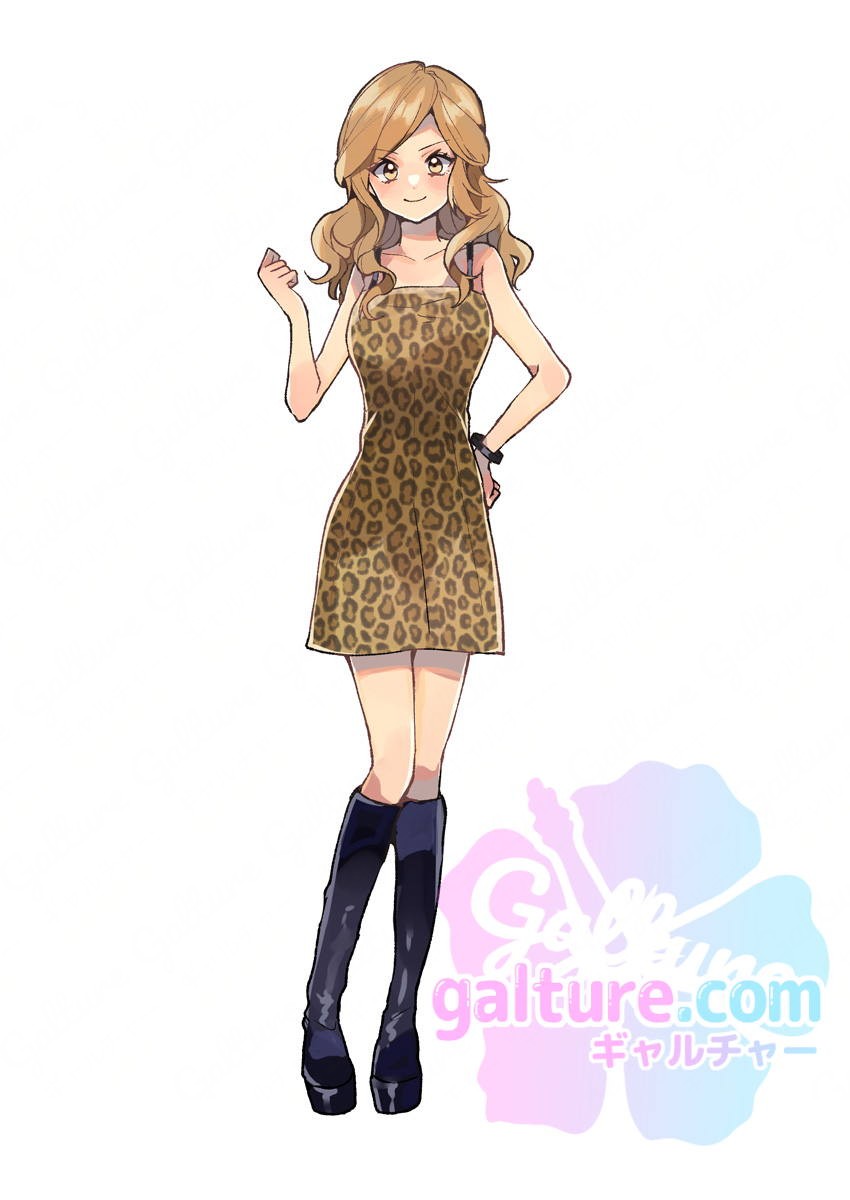
Around 2000, many Shirogyarus took inspiration from Ayu, and the number of girls with short or long blonde hairstyles and clothes with leopard print or camouflage patterns increased rapidly.
This trend was so influential that even girls who were previously into the Kurogyaru style (characterized by tanned skin) started aiming to become Shirogyarus, eschewing skin tanning.
Additionally, "Deco-Den" were also highly popular. It was common for gals to have phones adorned with a large number of straps and sparkling decorations.
Leopard print is a staple item for gals. However, before 2000, it was shunned as unfashionable.
The turning point that changed this perception was the jacket photo of Ayu's third album "Duty," released in 2000.
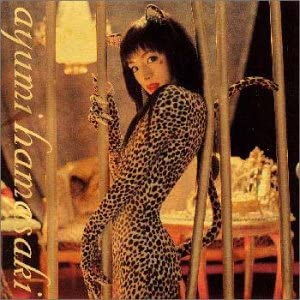
Album "Duty" released on 2000/9/27, label: avex trax Jacket photo: Ayumi Hamasaki
Ayu's full-body leopard print look had a huge impact on gals all over Japan. Since then, a leopard print boom emerged among gals.
Many leopard print items such as pumps, bags, hats, and scarves began to be sold.
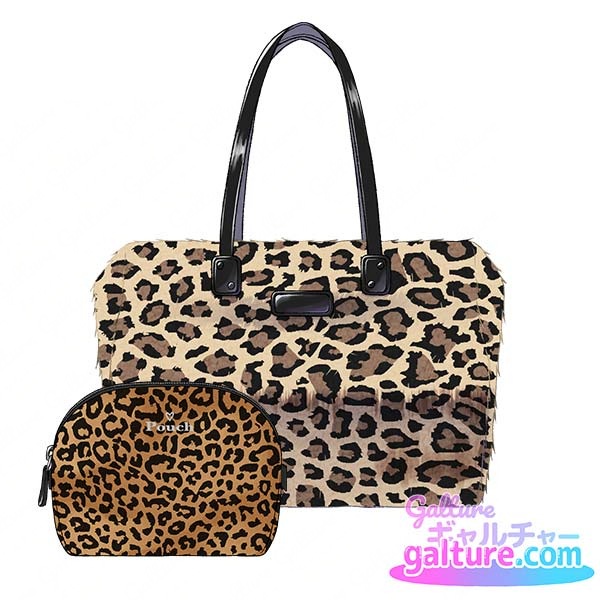
By the end of 2000, even a leopard print mobile phone designed by Ayu was released, signifying the explosive boom of leopard print at the time.
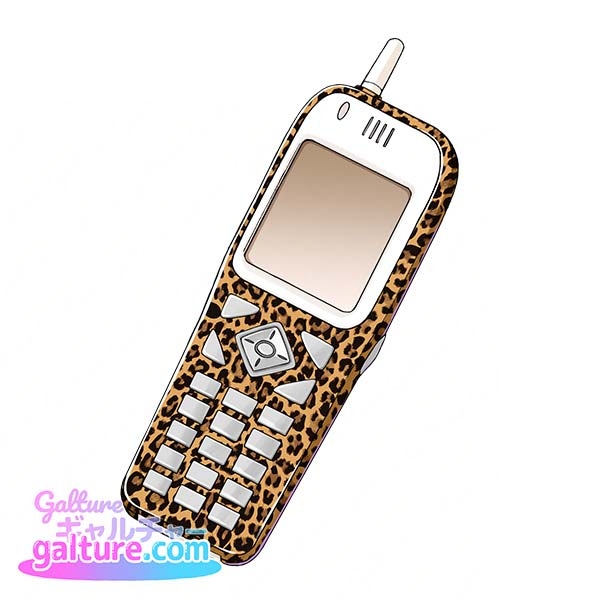
Leopard print is gals icon!
At that time, people loved leopard print, and there were people whose clothes and belongings were all covered in leopard print! Some even went as far as to deck out their entire rooms in leopard print 😂.

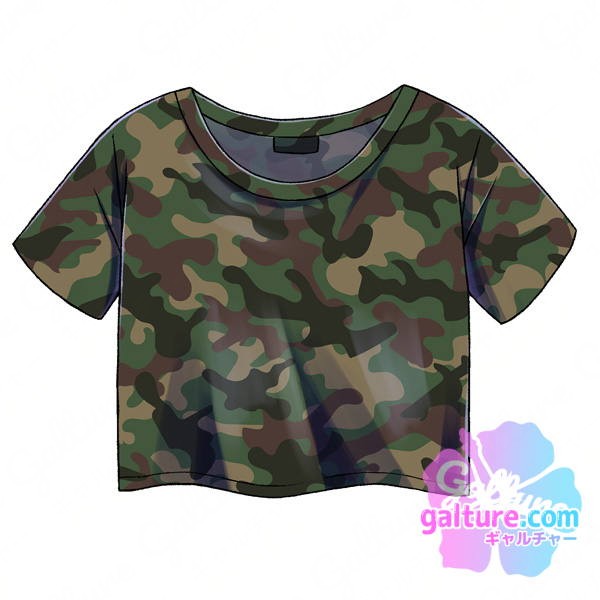
Camouflage, often associated with military uniforms, was a fashion style shunned by the general public, similar to leopard print. However, its popularity skyrocketed when Ayu, a fashion leader at the time, was seen wearing it on television.
Regarded as something that could be "cool and stylishly worn," camouflage pattern remains popular among gals today as a part of military fashion.
Camouflage is also known as "Camofla" (short for camouflage) or "Military patterns"!

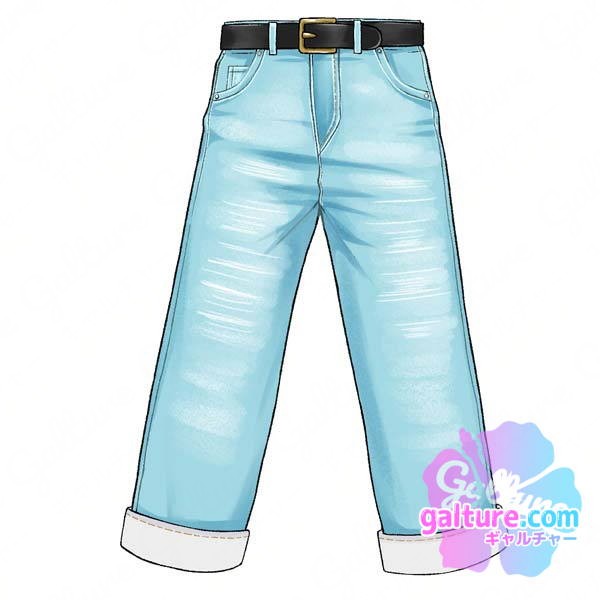
I think the image of Ayu = jeans has become established because he has been awarded Best Jeanist many times and has been inducted into the Hall of Fame.
At the time, low-rise denim () was the trend, and thanks to the influence of Ayu, who stylishly wore a variety of jeans such as distressed pants, skinny jeans, and baggy pants, the heightened popularity of casual fashion.
.Low-rise denim refers to jeans with a low waistline, worn around the hips. It's the opposite of high-rise (high-waisted) jeans.
During this period, the 'belly-button-revealing look' was in vogue. Low-rise jeans, which give a clean and slim impression around the waist, were particularly popular.

This refers to the fur tail accessory that Ayu wore on her waist in the music video for "evolution" released in 2002.
This "tail," a signature accessory in Ayu fashion, became incredibly popular following the release of "evolution" in 2001.
Ayu-style gals imitated Ayu and it became established as a fashion item.
At that time, it was also a trend to attach this tail to bags and mobile phones.
The tail made a comeback around 2010! In addition to the standard beige and black, there are now many colorful color variations such as pink and blue.

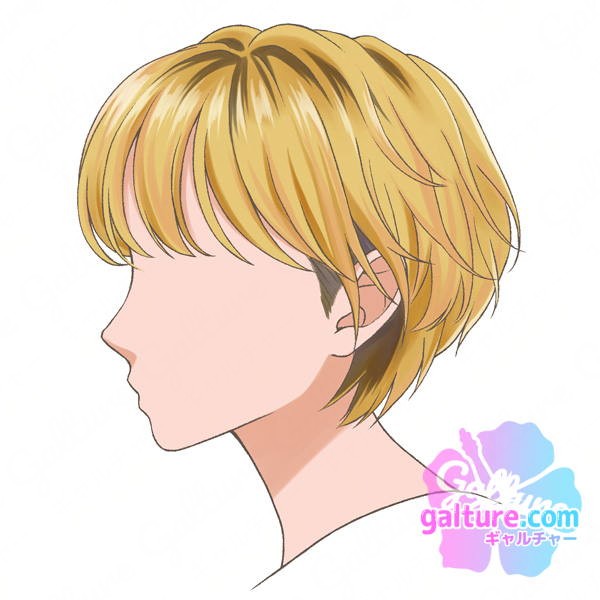
In the 1990s, when it came to gals, long hair was the mainstream, When Ayu showed off her short blonde hair, Ayu-type gals suddenly started wearing short blonde hair.
This hairstyle is known as "Ayu Short" and is still used today.
In addition to short hair, long curly blonde hairstyles were also popular. Every time Ayu changed her hairstyle, many gals imitated her look.
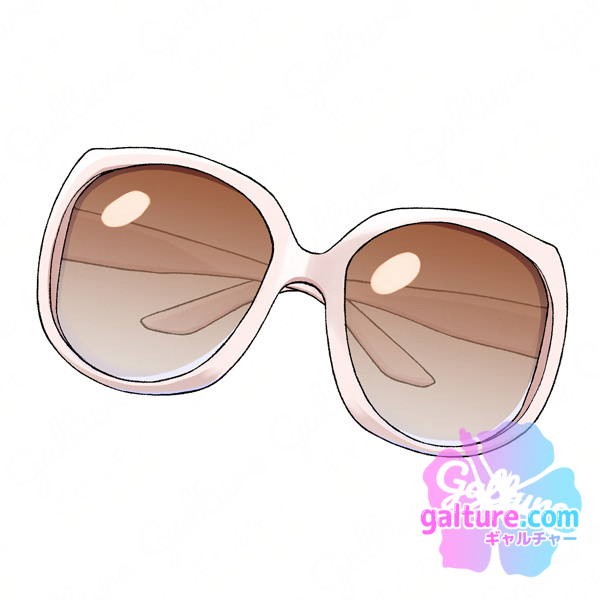
"Deka Sunglasses" refers to sunglasses with big lenses.
At the time, Deka-sunglasses were a standard item. They were prominently displayed in many accessory and apparel stores.
These sunglasses not only served as a stylish accent to outfits but also created the illusion of a smaller face, making them a must-have for Ayu-style gals. It was an item that everyone incorporated into their style.
Among the Deka-sunglasses, the Dior deka-sunglasses pair worn by Ayu became particularly famous, leading many fans to imitate and purchase them.
Deka-sunglasses are essential for concealing a bare face. Thanks to their face-slimming effect, they continue to be loved by gals even today!

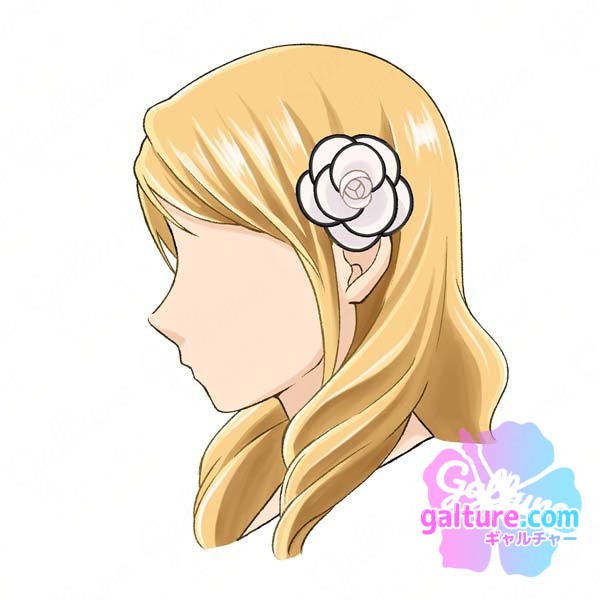
It also became fashionable to wear corsages with floral designs (roses, sunflowers, camellias, etc.) on the head.
Depending on the type of corsage, you can create a variety of atmospheres, from a mature conservative style to a lively gals style. This versatility made them popular among many young women. Many corsages of various designs were sold at the general store.
Nail art, an indispensable item for fashionable gals, spread widely in the gal community, significantly influenced by Ayu.
Ayu frequently shows off her nails to match her outfits, and was chosen as the "Nail Queen"() for three consecutive years from 2000 to 2002, and was finally inducted into the Hall of Fame.
.Nail Queen… Award ceremony sponsored by the Japan Nail Artist Association. This award honors celebrities who passionately love nails and tell people how wonderful they are.
During that time, gel nails and sculpture nails had not yet become widespread, so many gals used nail tips().

.Nail Tips…These are false nails that are attached to the natural nails. They are typically adhered with double-sided tape. While they have the disadvantage of being prone to detachment, they allow for enjoying different nail designs every day.
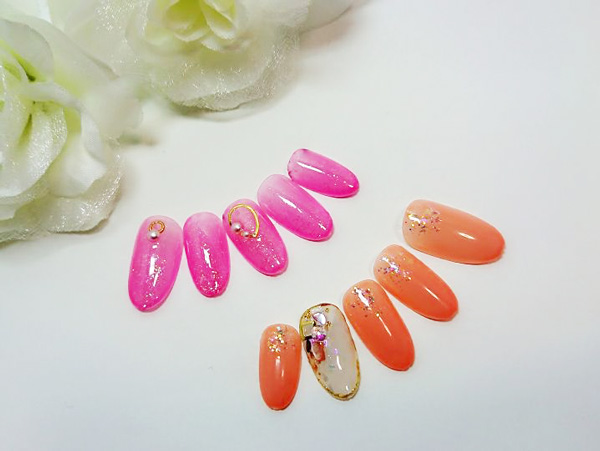
An image of a nail tip.
Decorating feature phones(flip phone) with glittering rhinestones and large parts to customize them in their own style was a huge trend!
At that time, there was a boom in original designs and decorations among gals.
Due to the popularity, books and even schools teaching how to decorate phones (known as "Deco-Den") emerged!
From around 1999 to 2001, the "Third Para Para Boom" occurred!
There were many Para Para club events, and gals and gal-o (male gals) eagerly participated in them.
At that time, every gals could dance to songs like "Night of Fire" and the Para Para version of "Mickey Mouse March." They danced Parapara all the time, not only in clubs, but also at school, around town, and even at home.
At that time, the popularity of Ayumi Hamasaki was so immense that the streets were filled with gals emulating her style.
Even in the Reiwa era, leopard and camouflage patterns are still loved by many gals. Furthermore, fashion trends such as the belly-button-revealing look, popularized by Ayu, are making a comeback.
It is clear that the fashion culture that Ayu started has been passed down to this day, even though we have moved into the Reiwa era.